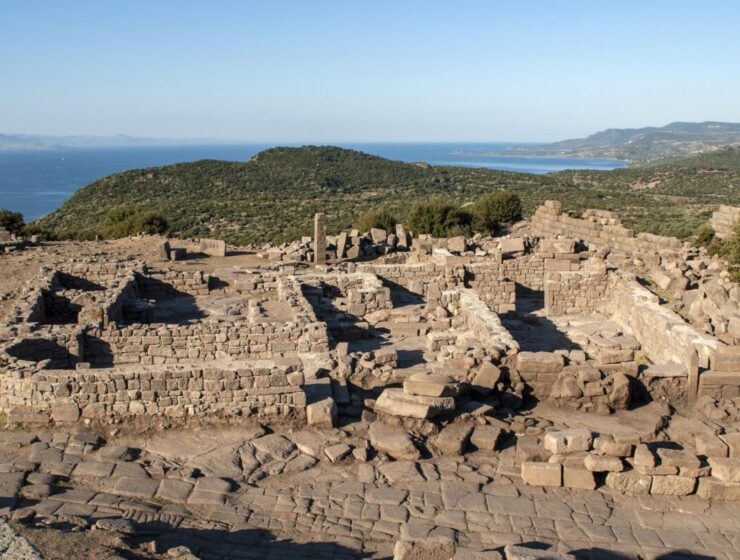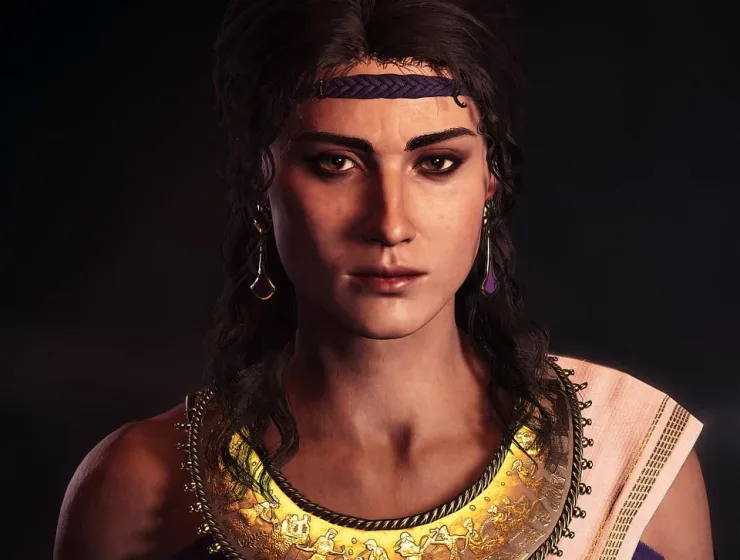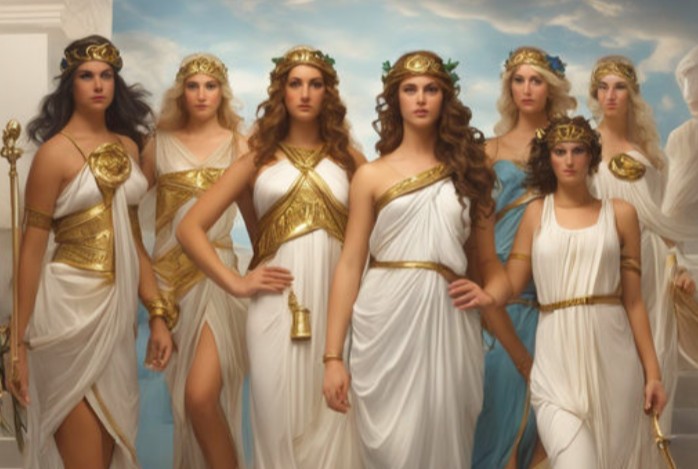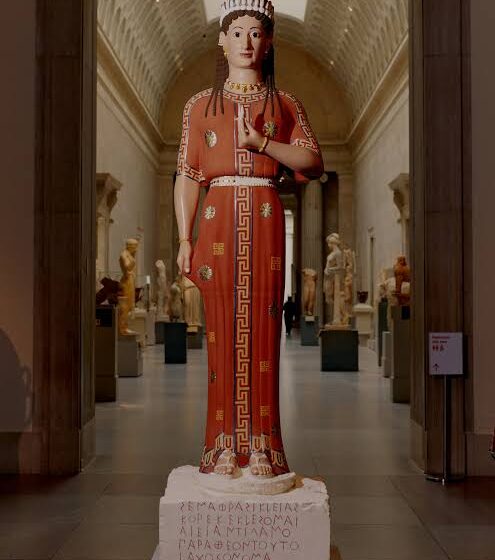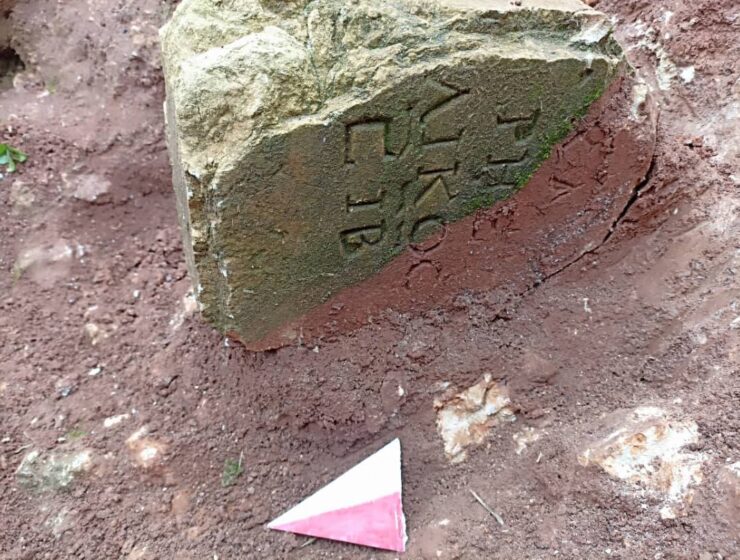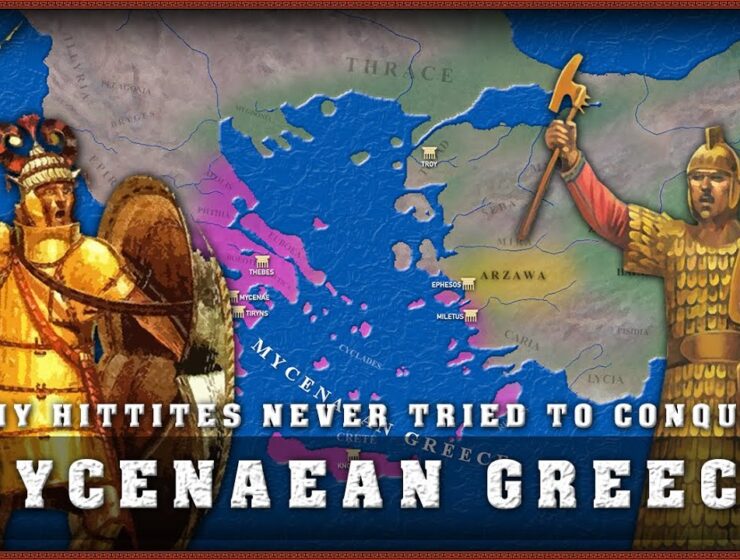A 2,200-year-old pyramid in Israel’s Judean Desert, uncovered by the IAA, reveals Hellenistic-era treasures like Greek papyrus and coins. Its purpose—guard tower or monument?—remains a mystery, thrilling archaeologists and volunteers.
Ancient Greece
An ancient bronze griffin head, stolen nearly a century ago, was repatriated to Greece from New York’s Metropolitan Museum of Art on March 21, 2025. Now displayed at the Archaeological Museum of Olympia
A new study reveals that Egyptian soldiers and Greek mercenaries were present at Megiddo — the biblical “Armageddon” — during the death of King Josiah of Judah in 609 B.C. Archaeologists uncovered seventh-century B.C. pottery fragments, supporting biblical accounts of a confrontation with Pharaoh Necho II, though the nature of Josiah’s demise remains under debate.
“Ukrainian soldiers may have found an elite Greek necropolis from the 6th–5th centuries BC in southern Ukraine, unearthing intact ritual vessels and remains that hint at high-status burials.”
Melbourne’s Hellenic Museum unveils a rare 400-200 BCE hoplite panoply, on loan from Louis Dounis, in its Heroes and Hoplites exhibition—likely Australia’s only display of this ancient Greek armor.
Archaeologists in Corinth have unearthed a Hellenistic-era funerary structure, resembling Macedonian tombs, during the “Ancient Tenea” program, revealing a possible healing cult with artifacts like a gold ring depicting Apollo. The site, excavated in Chiliomodi, includes a sarcophagus and animal bones, with ongoing digs expected to shed light on its full historical significance.
Archaeological excavations in Assos, an ancient Hellenistic city in Turkey, have uncovered a remarkable 2,200-year-old mosaic and a 1,800-year-old monumental tomb. Led by Professor Nurettin Arslan, the latest findings shed light on the city’s rich history as a cultural and philosophical hub during the Hellenistic period, with notable figures like Aristotle having taught there. The discoveries continue to reveal Assos’ significance in ancient Mediterranean culture.
International Women’s Day, which is celebrated on March 8, 2025, provides a platform to acknowledge…
In the spirit of International Women’s Day, the stories of ten of our favourite ancient Greek goddesses serve as a reminder of the enduring strength and resilience of women throughout history and inspire us to continue working towards a more equitable and inclusive world for all.
The Third Sacred War (356-346 BCE) was a key conflict in ancient Greek history, rooted…
A recent study by archaeologist Cecilie Brøns reveals that ancient Greek and Roman statues were not only colorful and decorated but also perfumed, challenging the traditional view of classical sculpture as a purely visual art form. This discovery highlights the multi-sensory experience intended for ancient viewers, involving not just sight but also smell, through the use of aromatic substances in rituals and adornments.
Miltiades, an Athenian general of the 5th century BCE, is best known for his key…
When Amazon Prime Video announced House of David, a sweeping biblical epic chronicling the life…
Mantha Zarmakoupi, a classical archaeologist, has spent four summers excavating the bouleuterion in Teos, an ancient city on Turkey’s western coast. The excavation has uncovered early Hellenistic mosaics and revealed significant insights into the city’s political and cultural history. Zarmakoupi’s team has also deciphered an ancient inscription, shedding light on Teos’ role as a hub of art and democracy in the ancient world.
He was a king of Epirus during the early Hellenistic period, ruling from 317 to…
She was a significant figure in ancient Greek history, connected to the Molossian dynasty of…
In the ancient Greek city of Aspendos, Turkey, archaeologists have uncovered a remarkable marble statue of Hermes, the Greek god known for his role as the messenger of Zeus. This significant find from the Roman Imperial Period highlights Aspendos’s rich historical legacy. Alongside Hermes, the excavations also revealed sculptures and fragments of other iconic figures, including Aphrodite, Eros, and Artemis, offering a fascinating glimpse into the region’s storied past.
Ancient Athens, located in the region of Attica, emerged as a powerful city-state in Greece…
The devastating floods caused by Storm “Daniel” in Libya have led to an unexpected archaeological…
Hittites were one of the great powers of the Bronze Age, famed for their numerous…







